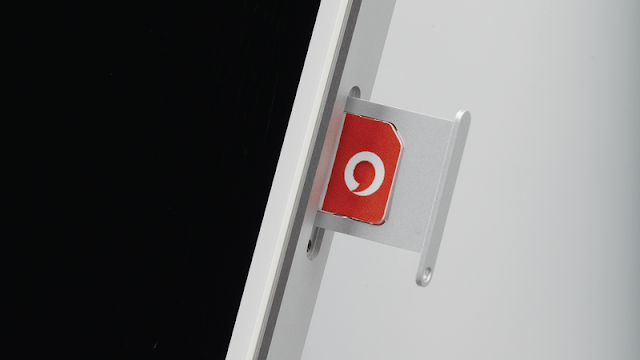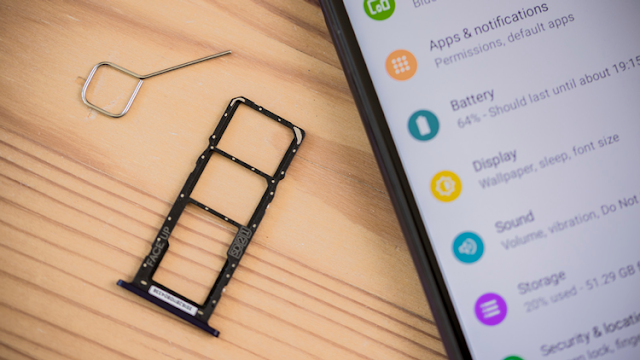Manufacturers are replacing physical SIM cards with new eSIMs. We explain why this is a good idea.
Over the years, we’ve all grown used to those fiddly little SIM cards that are a necessary part of any smartphone. Should you lose one or break it while switching to a new device, it’s a huge hassle - you need a replacement sent by your provider, which can take a few days and mean you’re without your telephone number. Surely there has to be a better way?
Well, with the recent introduction of eSIMs, it won’t be long before those tiny bits of plastic are a thing of the past.
What is an eSIM?
As the name suggests, this is a digital replacement for the physical SIM cards we’ve used up until now, in the same way that eBooks replace physical ones and eTickets allow you to use your phone to board planes or trains without having to print out your ticket.
How does an eSIM work?
On compatible phones (more on that below), an eSIM is either set up when you buy it from the provider or you can request an eSIM pack.
The latter contains a QR code which you scan with your device, this then connects to the web and downloads the eSIM information directly into a chip on your phone.
That’s it. No need to open it up or muck about with tiny SIM cards and trays.
Can my phone use eSIMS?
As eSIMs are quite a recent invention, there’s a good chance that unless you’ve bought a flagship phone in the last year or so you won’t be able to use them on your current device.
This will no doubt change going forward, with the technology becoming widespread, but as it requires a physical chip in the phone, there’s no way to make an older device eSIM compatible.
The most affordable eSIM models currently around are the iPhone SE (2020) and Google Pixel 4a, but there are several other that also support the technology. At the time of writing you could find eSIM capabilities in the following devices;
- Apple iPhone SE 2020
- Apple iPhone XR
- Apple iPhone XS
- Apple iPhone XS Max
- Apple iPhone 11
- Apple iPhone 11 Pro
- Apple iPhone 11 Pro Max
- Google Pixel 3
- Google Pixel 3 XL
- Google Pixel 4
- Google Pixel 4a
- Google Pixel 4 XL
- Google Pixel 5
- Samsung Galaxy Note 20 5G
- Samsung Galaxy Note 20 Ultra 5G
- Samsung Galaxy S20
- Samsung Galaxy S20 FE
- Samsung Galaxy S20 5G
- Samsung Galaxy S20+ 5G
- Samsung Galaxy S20 Ultra 5G
- Samsung Galaxy Z Flip
- Huawei P40
- Huawei P40 Pro
- Motorola Razr (eSIM only)
There are also various Windows PCs that support eSIMs, as well as the Apple Watch 3, 4, 5, 6 and SE, plus the latest iPad Pros, 10.2in iPad (7th and 8th generations), iPad Mini 5, iPad Air (3rd and 4th generations).
Why should I use an eSIM?
If you like to move between providers regularly, then an eSIM can make this easier, as there’s no need to wait for a physical card to arrive in the post before you can change networks, as all it requires is scanning the new code into your device.
Of course, you’ll still need to ensure your old contract is fulfilled before you can switch, but doing so is easier than ever thanks to the text-to-switch initiative introduced in 2019 that also allows you to retain your phone number.
There’s also the benefit that the chip on your phone can store multiple eSIM simultaneously, meaning you can have one for home and another for work or larger data use.
What are the cons of using eSIMs?
Aside from needing a very up-to-date phone, those concerned with privacy will want to know that you can’t just remove an eSIM like you can a physical SIM, so it’s possible that your device can be tracked by governments or hackers.
There’s also the sheer practicality of removing traditional SIMs and putting them in another device, such as a dumb-phone when you’re at festivals or out in the wilds where battery life is a lot more precious than Twitter.




0 comments:
Post a Comment